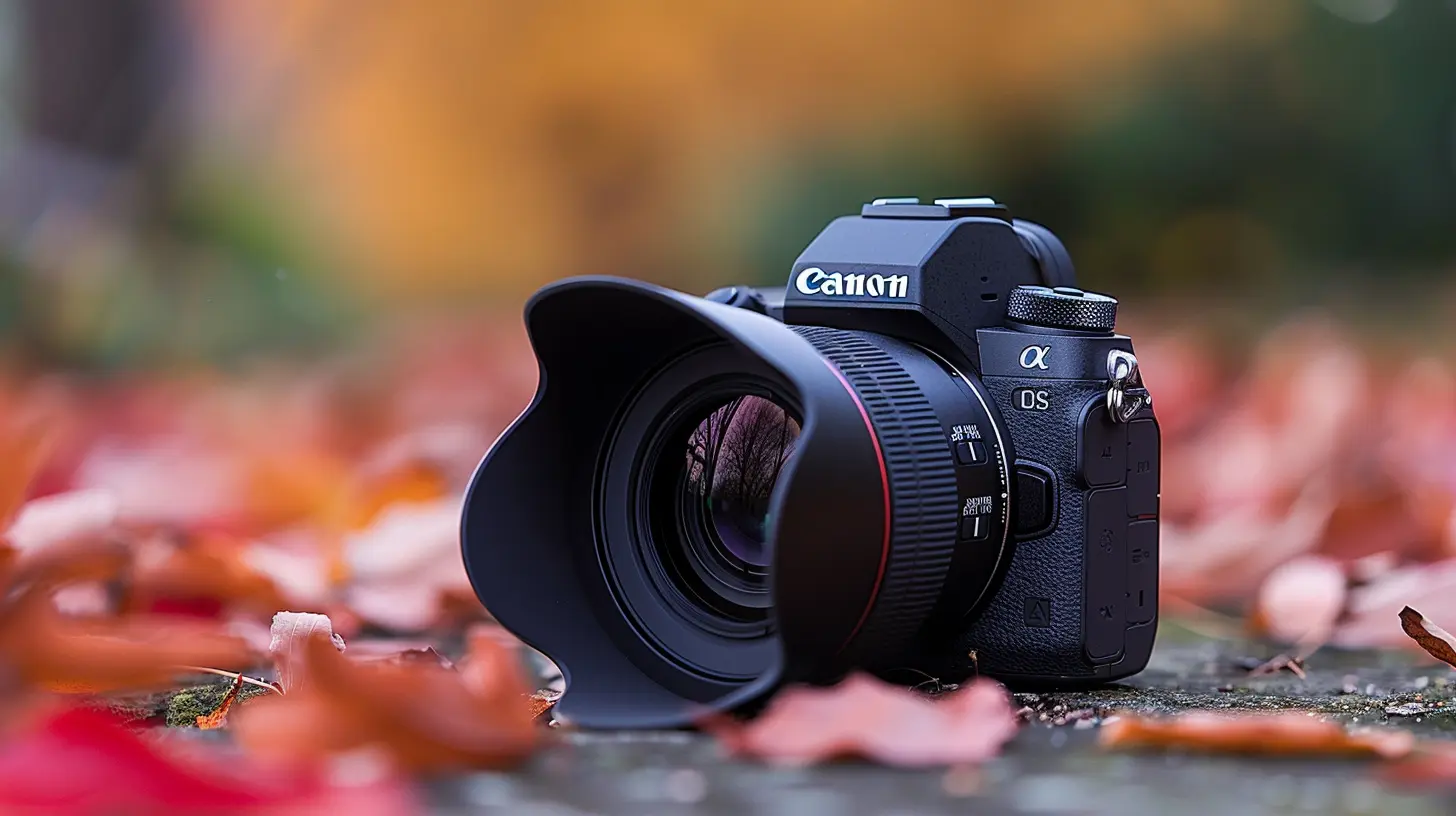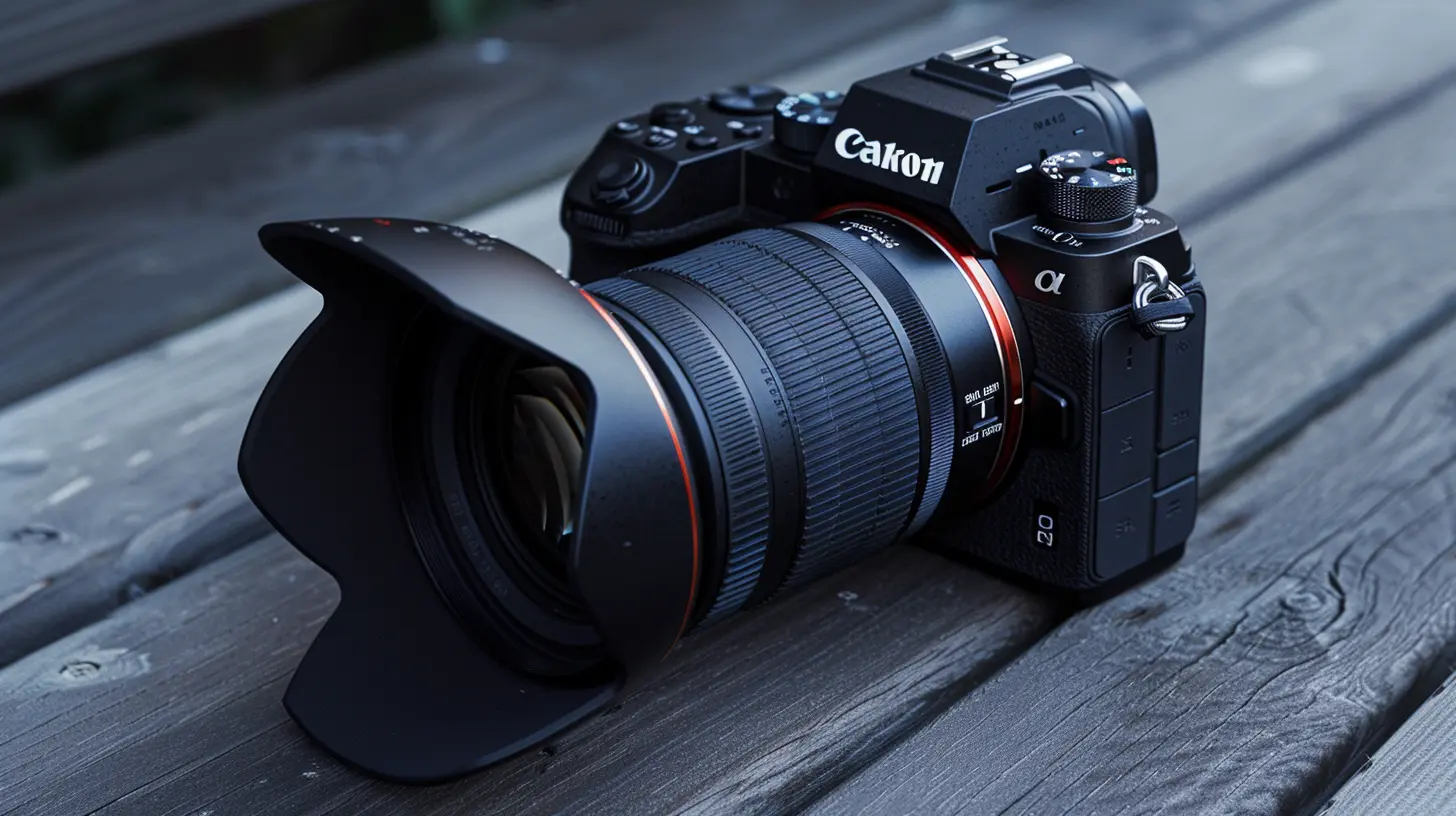Why Lens Hoods Matter: A Guide to Using Them Effectively
23 November 2025
Ever wondered why so many photographers attach a seemingly simple, circular piece of plastic or metal around the front of their camera lenses? That piece is called a lens hood, and believe me—it does more than just make your gear look professional. In fact, lens hoods are one of those unsung heroes of photography that can significantly improve the quality of your shots, yet they're often overlooked by beginners and even some seasoned pros.
Whether you're a budding photographer or someone who enjoys dabbling in the world of gadgets, understanding the benefits of lens hoods and how to use them effectively can elevate your photography game. So, let’s dive into why lens hoods matter and how you can use them to your advantage.

What Exactly Is a Lens Hood?
A lens hood is a simple attachment that fits onto the front of your camera lens. It's usually made of plastic or metal and comes in various shapes, including circular, petal-shaped, or rectangular. While it might look like a basic accessory, its function is anything but trivial.Lens hoods are designed primarily to block stray light from hitting your lens. You know that annoying glare or lens flare you sometimes get when shooting in bright sunlight? A lens hood helps to reduce that. Think of it like wearing a baseball cap on a sunny day—it shields your eyes (or in this case, your lens) from the direct glare of the sun.
But that’s not all. Lens hoods also offer physical protection to your lens. Ever accidentally bumped your camera against a wall or dropped it? Yeah, we’ve all been there. A lens hood can act like a buffer, absorbing some of the impact and potentially saving your expensive lens from damage. So, it’s not just about improving your photos; it’s also about protecting your investment.

The Importance of Lens Hoods: Why They Matter
1. Reducing Lens Flare & Glare
Let’s start with the most obvious benefit: minimizing flare. Have you ever taken a photo on a sunny day only to find strange, ghost-like spots or streaks of light across the image? That’s lens flare. It happens when light enters your lens at an angle and bounces around inside, creating unwanted reflections. In some artsy cases, lens flare can add a cool effect, but more often than not, it’s just annoying and distracting.A lens hood acts like a shield, preventing this stray light from hitting the front element of your lens. It's especially useful when you're shooting outdoors in broad daylight or when there’s a strong artificial light source nearby. The result? Clearer, more contrast-rich photos without those weird, washed-out spots.
2. Improving Contrast and Color Saturation
By blocking stray light, a lens hood can improve the contrast and color saturation in your images. When too much light enters from the sides, it can cause a hazy, washed-out look. But with a lens hood in place, you'll notice your photos have deeper blacks, more vivid colors, and an overall sharper appearance.It’s not just sunlight that causes problems, either. Even indoor lighting can affect your shots in ways you might not expect. A well-positioned lens hood can help you maintain consistent image quality in a variety of lighting conditions.
3. Protecting Your Lens
While the primary function of a lens hood is to block light, it also serves as a handy form of protection for your lens. Trust me, when you’ve invested in a high-quality lens, the last thing you want is to scratch or damage it.A lens hood acts as a physical barrier between your lens and the outside world. If you’re clumsy like me, you’ve probably knocked your camera into walls, tables, or other obstacles more times than you’d like to admit. The hood takes the brunt of the impact instead of your lens. Sure, it won’t protect against catastrophic falls, but it can certainly help with minor bumps and scrapes.
4. Weather Protection
Imagine you're shooting on a windy day, and dust, rain, or snow is being blown directly toward your camera. A lens hood can help shield the front element of your lens from these elements. While it’s not a substitute for a proper weather-sealed camera body or lens, it adds an extra layer of defense. It’s like having an umbrella for your camera—handy in unpredictable weather.5. Enhancing Aesthetics of Your Gear
Okay, this one’s not as practical, but let’s be honest—lens hoods can make your camera look more professional. If you’re taking photos at an event or just out in public, people tend to associate bigger, more complex-looking gear with skill. And while it might not improve your photos directly, the confidence boost you get from looking the part can work wonders.
Types of Lens Hoods: Which One Should You Choose?
Not all lens hoods are created equal. Depending on your lens and type of photography, you’ll need to select the right one. Here are the main types of lens hoods:1. Round Lens Hoods
These are the standard lens hoods that come with most lenses. They are circular in shape and are great for lenses with longer focal lengths (like telephoto lenses). Because they fully encircle the lens, they provide excellent protection from light coming in from all angles.2. Petal (or Tulip) Lens Hoods
These have a more complex shape, with cutouts that resemble flower petals. Petal lens hoods are often used with wide-angle lenses because they provide effective shading while minimizing vignetting (dark corners) in the image. The cutouts allow the hood to remain out of the frame even when using a wide field of view.3. Rectangular Lens Hoods
Less common but still effective, rectangular lens hoods are usually found on older or more specialized lenses. They offer excellent shading but can be a bit bulkier. These are often used for medium-format cameras or specialized photography like architectural shots.
When Should You Use a Lens Hood?
Now that you know the types of lens hoods and their benefits, the next question is: when should you actually use one? Here are some scenarios where a lens hood can come in handy:1. Shooting in Bright Sunlight
This is the most obvious use case. If you're shooting outdoors on a sunny day, a lens hood can help block harsh light and reduce flare, giving you clearer, more vibrant photos.2. Shooting Near Artificial Light Sources
If you're photographing a scene with strong artificial lights—like street lights, stage lighting, or even car headlights—a lens hood can help prevent flare and maintain image quality.3. Portrait Photography
Even in controlled studio environments, a lens hood can help prevent unwanted light from bouncing off nearby surfaces and into your lens, ensuring that your subject remains sharply focused and well-lit.4. Outdoor Adventures
Whether you're hiking, at the beach, or in the mountains, a lens hood offers additional protection against the elements. It can help keep dust, water droplets, and other debris off your lens.5. When You Want Extra Protection
Even if you're not worried about flare, using a lens hood is a good idea for general protection. Every time you take your camera out of the bag, you're potentially exposing it to bumps and scratches. A lens hood acts as a first line of defense, absorbing minor impacts.When You Might Skip the Lens Hood
That said, there are a few situations where you might skip using a lens hood:- Low-light environments: In dim settings where stray light isn’t an issue, you might not need a lens hood.
- Using a pop-up flash: Some lens hoods can block the light from your camera's pop-up flash, casting unwanted shadows. In those cases, removing the hood might be necessary.
- Specialized photography: If you're intentionally trying to create artistic effects like lens flare, you might opt to leave the hood off.
How to Use a Lens Hood Effectively
Using a lens hood is incredibly simple, but here are a few tips to ensure you're doing it right:1. Attach it properly: Most lens hoods attach via a bayonet mount, meaning they twist onto the front of the lens securely. Make sure it's locked in place to prevent it from falling off.
2. Use the right hood for your lens: Always use a hood that's designed for your specific lens. A hood that's too long or the wrong shape can cause vignetting, reducing the quality of your photos.
3. Store it properly: Many lens hoods can be reversed and stored on the lens when not in use. This saves space in your camera bag and ensures you always have it on hand.
4. Be mindful of wide-angle lenses: If you're using a wide-angle lens, a regular circular hood might cause vignetting. Make sure you’re using a petal-shaped hood designed for wide-angle lenses to avoid this issue.
Final Thoughts
While a lens hood might seem like an optional accessory, it’s actually a small but mighty tool that can significantly enhance the quality of your photos. From reducing unwanted lens flare to protecting your lens from bumps and scratches, a lens hood is a must-have in every photographer’s kit. So next time you’re out shooting, give it a try and see how it transforms your photography.###
all images in this post were generated using AI tools
Category:
Camera GearAuthor:

Kira Sanders
Discussion
rate this article
1 comments
Amos Carrillo
Lens hoods are often overlooked but play a crucial role in enhancing image quality by minimizing lens flare and improving contrast. Their proper use not only protects the lens but also elevates the photographer's creative control, ultimately leading to more striking visuals.
November 23, 2025 at 4:16 AM


